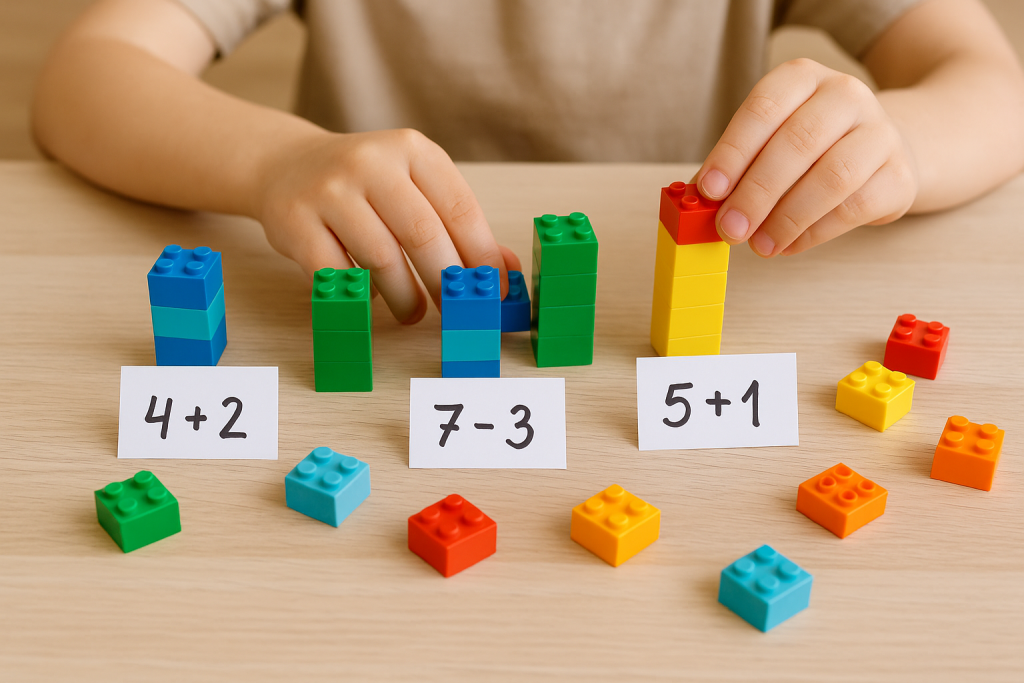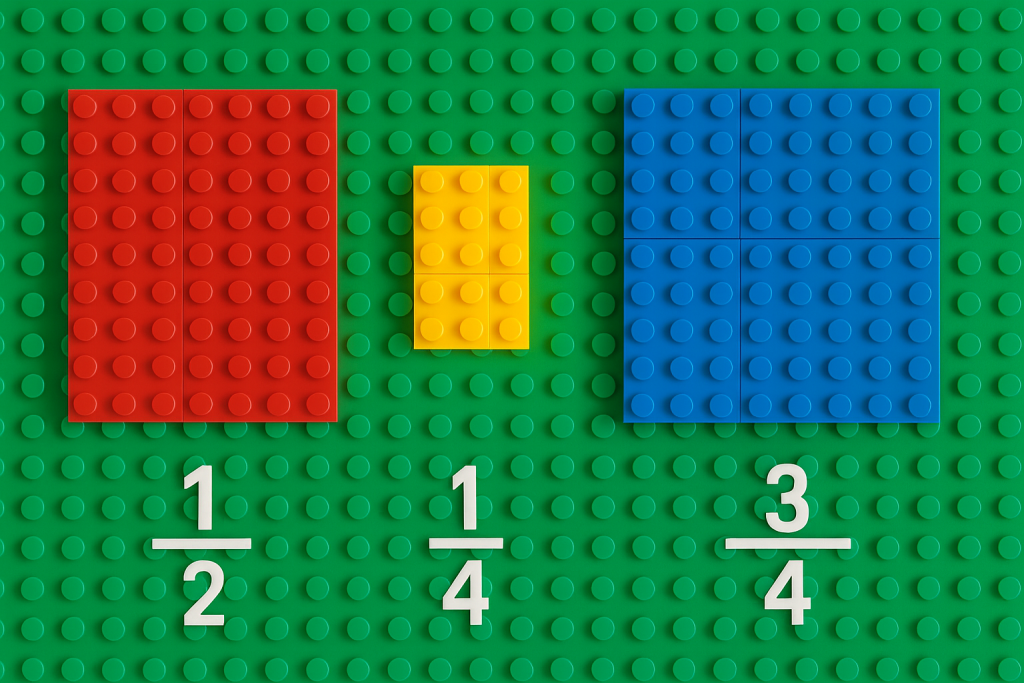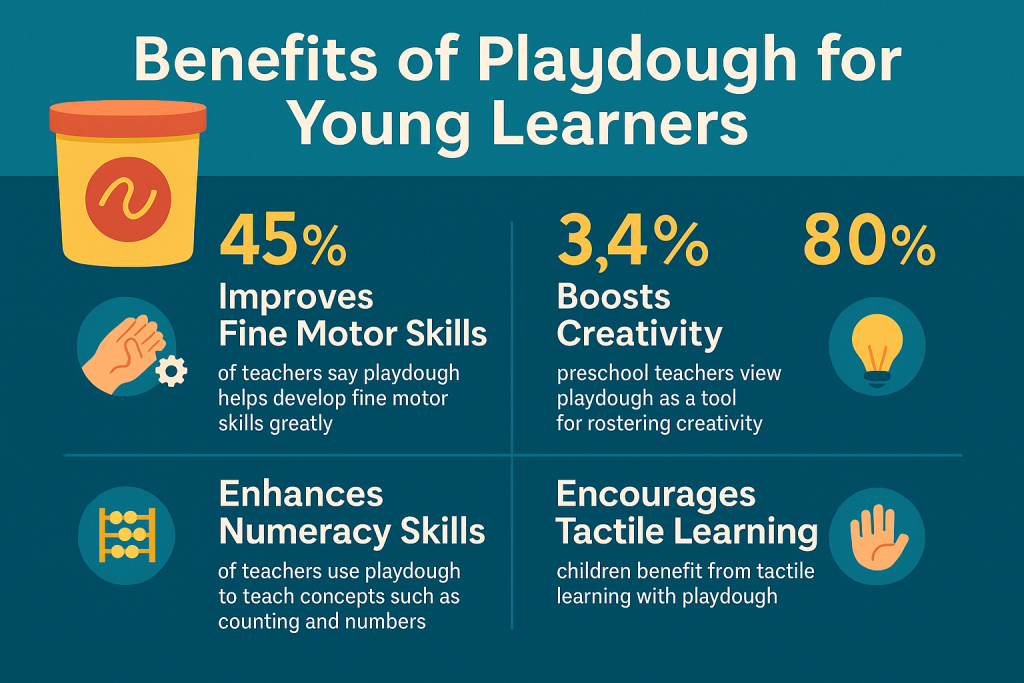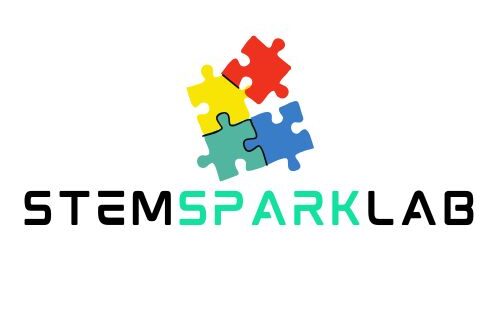7 LEGO Math Activities: Turning Bricks into Brain Builders
We may earn a commission for purchases made using our links. Please see our disclosure to learn more.
When I think back to learning math as a kid, I remember endless worksheets filled with numbers and symbols. Honestly? It felt more like a chore than a discovery. Fast forward to today, and kids have an incredible advantage—tools like LEGO that make math hands-on, colorful, and downright fun.
If you’ve ever seen your child’s eyes glaze over while doing subtraction problems, LEGO math activities might just be the spark you’ve been looking for. They don’t just teach math; they bring it alive. In this article, we’ll dive into 7 LEGO math activities that transform play into powerful learning. I’ll also share recommended LEGO sets, research-backed benefits, and tips to make these activities work for learners of all ages.
Why LEGO Math Activities Work
Why choose LEGO over traditional teaching methods? Because kids learn best when they’re engaged in something they love. Here’s why LEGO math activities are so effective:
- Visual and tactile learning: Children can literally see numbers.
- Problem-solving: Each build is like a puzzle waiting to be cracked.
- Confidence boosting: Mistakes become playful experiments.
- Creativity meets logic: Math blends seamlessly with imaginative play.
💡 Mini-challenge: Try asking your child to explain “3 + 2” using only LEGO bricks. You’ll be amazed at how quickly they find creative solutions.
1. LEGO Addition Towers
Addition becomes simple when kids can stack and compare.
How it works
- Give your child a problem like 4 + 3.
- Build one tower with 4 bricks and another with 3.
- Combine them into one.
- Count together: “One, two, three… seven!”
Why it works
Kids don’t just memorize the answer—they experience it. Addition feels less like math and more like building something exciting.

2. Subtraction Smash
This one adds a dose of drama.
Steps
- Build a tower of 10 bricks.
- Say, “Now take away 4.”
- Have your child smash off 4 bricks (yes, smashing is part of the fun).
- Count what remains.
Storytelling tip
You can say, “A storm knocked 4 bricks off our tower—what’s left standing?” Suddenly subtraction has context.
3. LEGO Fractions Made Easy
Fractions often feel abstract, but LEGO bricks make them crystal clear.
Example
- Take an 8-stud brick.
- Cover 4 studs = ½.
- Cover 2 studs = ¼.
- Cover 6 studs = ¾.
Expansion
Ask: If we add two more studs, what fraction do we get now?
Kids see fractions as real parts of a whole, not just numbers on a page.
4. Multiplication Brick Arrays
Multiplication is just repeated addition, and arrays make that visible.
Steps
- Arrange 3 rows of 4 bricks.
- Count together: 4 + 4 + 4 = 12.
- Explain that this is 3 × 4.
Real-life analogy
It’s like placing chairs in rows for a school assembly. Rows and columns bring order—and math.

5. Division with LEGO Sharing
Division becomes meaningful when kids see it as sharing.
Example
- Give your child 12 bricks.
- Ask them to share equally between 3 dolls or action figures.
- Each “friend” gets 4.
Suddenly, 12 ÷ 3 isn’t just math—it’s fairness.
6. Geometry and Shapes
LEGO is perfect for exploring geometry concepts.
Ideas
- Build a cube, then count its edges, faces, and vertices.
- Make a rectangle and calculate perimeter.
- Stack bricks to demonstrate volume.
Reflective question
Ask: What happens if we double the length but keep the width the same? This sparks critical thinking.
7. LEGO Math Story Problems
Stories make math memorable.
Example
“Sam built a tower with 5 red bricks and 7 blue bricks. How many bricks in total?”
Kids build it out, then solve. Suddenly, word problems are less intimidating because they’re tangible.
Beyond the Basics: Advanced LEGO Math Activities
For older kids, push beyond simple operations.
Algebra
Use colored bricks to represent variables. Yellow = x, red = 2. Ask: If yellow + red = 5, what’s x?
Measurement
Stack bricks and measure their height with a ruler. Compare the data.
Probability
Place bricks of different colors in a bag. Ask: What’s the chance of pulling out a blue one?
These activities build a bridge between playful math and critical thinking.
Affiliate Product Recommendations: Best LEGO Sets for Math Learning
Here are 5 highly rated sets perfect for LEGO math activities.
1. LEGO Classic Large Creative Brick Box
- Features: 790 pieces in different shapes and colors.
- Pros: Endless builds, flexible.
- Cons: Tiny pieces for little hands.
2. LEGO Education DUPLO Early Math Set
- Features: Large, safe bricks for small hands.
- Pros: Great for preschool math.
- Cons: Limited complexity.
3. LEGO Classic Creative Supplement Set
- Features: Unique shapes for geometry learning.
- Pros: Excellent for advanced activities.
- Cons: Works best with a larger set.
4. LEGO Baseplates
- Features: A sturdy surface to build on.
- Pros: Keeps math arrays neat.
- Cons: Only supports flat builds.
5. LEGO Number Bricks Set
- Features: Bricks with printed numbers.
- Pros: Perfect for direct number learning.
- Cons: Less open-ended.

Quick Comparison Table
| LEGO Set | Best For | Pros | Cons |
| Classic Large Brick Box | Versatility | Variety, creativity | Small pieces |
| DUPLO Early Math Set | Preschool learners | Safe, easy to handle | Not advanced |
| Creative Supplement Set | Geometry concepts | Unique shapes, flexible | Needs base set |
| LEGO Baseplates | Arrays & grids | Stable foundation | Flat only |
| LEGO Number Bricks | Direct math practice | Clear numbers, simple | Limited play value |
🧪 Research-Backed Benefits of LEGO Learning
It’s not just fun—it’s proven effective.
- A Journal of Early Childhood Research study found that block play improves spatial reasoning and early math development (study on early math).
- The National Association for the Education of Young Children (NAEYC) explains that hands-on play builds collaboration and problem-solving, both vital for math learning (NAEYC resource).
FAQs About LEGO Math Activities
What age is best for LEGO math activities?
Preschoolers can start with DUPLO. Standard LEGO works well for kids 6 and up.
Do LEGO math activities replace worksheets?
They don’t replace them, but they complement them by making abstract ideas visual.
Can I use regular LEGO sets for math, or do I need special ones?
Regular sets are great. Special sets just make things easier for beginners.
How long should LEGO math activities last?
Keep it playful—10 to 20 minutes usually works best.
Are LEGO math activities good for group learning?
Yes! Kids can collaborate, compare answers, and explain concepts to one another.
Helpful Resource
If your child loves STEM activities, check out this guide to robot toys. It’s packed with ideas to encourage problem-solving and creativity.
Conclusion
Math doesn’t have to be boring, stressful, or abstract. With LEGO math activities, kids see numbers come to life. From fractions to geometry, each colorful brick becomes a building block of understanding.
So the next time your child builds a tower, ask them how many more bricks it needs to double in height—or how many they’d have if they removed half. That’s math in action, and it’s the kind that sticks for life.




